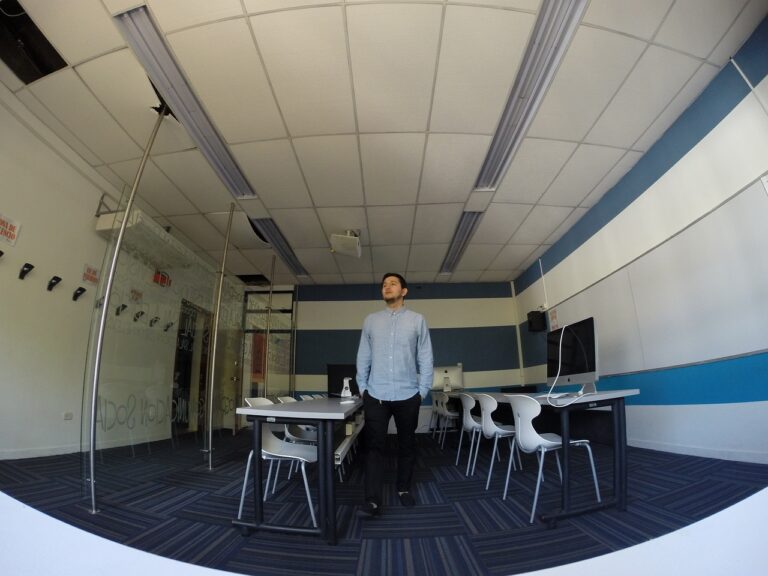The Role of Technology in Teaching History
11xplay online id, india24bet login, skyinplay:As teachers, we are constantly looking for ways to engage our students and make learning more interactive and fun. One subject that often gets overlooked in terms of engaging teaching methods is history. But with the rapid advancements in technology, there are now more opportunities than ever to bring history to life in the classroom.
Technology can play a significant role in teaching history by providing students with access to a wealth of resources, making the subject more interactive and engaging, and helping students develop critical thinking and analytical skills. In this article, we will explore the various ways in which technology can enhance the teaching of history and why it is crucial for educators to embrace these tools in their classrooms.
Using Technology to Access Resources
One of the most significant benefits of technology in teaching history is the ability to access a wide range of resources that were previously unavailable. With the internet at our fingertips, students can now explore primary sources, historical documents, and multimedia resources from around the world with just a few clicks.
Websites such as the Library of Congress, the Smithsonian, and Google Arts & Culture provide students with access to a vast collection of historical artifacts, photographs, and videos that can help bring history to life in the classroom. By incorporating these resources into their lessons, teachers can provide students with a more in-depth understanding of historical events and figures.
Making History Interactive and Engaging
Another way in which technology can enhance the teaching of history is by making the subject more interactive and engaging for students. In the past, history lessons often consisted of lectures and textbook readings, which could be dry and boring for students. But with the help of technology, teachers can now incorporate interactive activities, simulations, and multimedia presentations into their lessons to make history come alive.
For example, teachers can use digital mapping tools to help students visualize historical events and understand how geography played a role in shaping the outcome. They can also use interactive timelines, virtual reality experiences, and educational games to engage students in a fun and interactive way. By incorporating these tools into their lessons, teachers can help students develop a deeper appreciation for history and encourage them to become more active learners.
Developing Critical Thinking and Analytical Skills
In addition to providing access to resources and making history more interactive, technology can also help students develop critical thinking and analytical skills. By using digital tools to analyze and interpret historical data, students can learn how to evaluate sources, draw connections between events, and think critically about the past.
For example, teachers can use online research databases and analytical tools to help students analyze primary sources and develop historical arguments. They can also use digital storytelling platforms to help students create multimedia presentations that demonstrate their understanding of key historical concepts. By incorporating these tools into their lessons, teachers can help students develop the skills they need to succeed in the digital age and become informed, critical thinkers.
FAQs
Q: How can I incorporate technology into my history lessons if I have limited access to resources?
A: If you have limited access to technology resources, there are still ways to incorporate technology into your history lessons. Consider using free online resources, such as digital archives and educational websites, to supplement your lessons. You can also use tools like Google Docs and PowerPoint to create interactive presentations and assignments for your students.
Q: What are some examples of interactive activities I can use to teach history?
A: There are many interactive activities you can use to teach history, such as virtual tours of historical sites, simulation games, and virtual reality experiences. You can also use interactive timelines, educational videos, and digital mapping tools to help students visualize historical events and understand their significance.
Q: How can technology help students develop critical thinking skills in history?
A: Technology can help students develop critical thinking skills in history by providing access to a wide range of primary sources and analytical tools. By using digital resources to analyze historical data, students can learn how to evaluate sources, draw connections between events, and think critically about the past.







